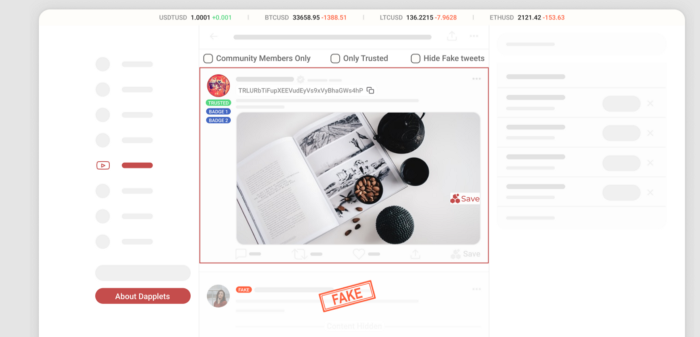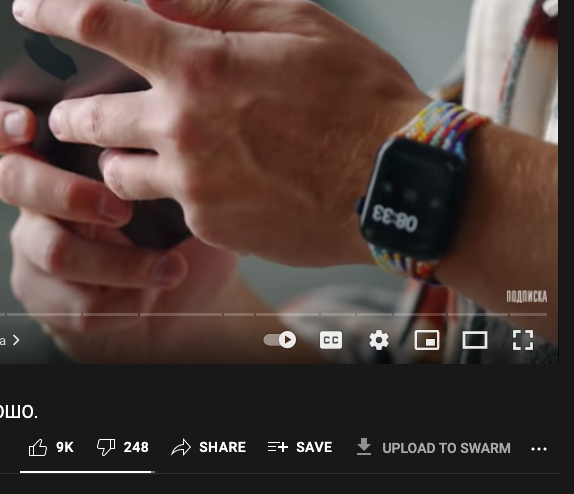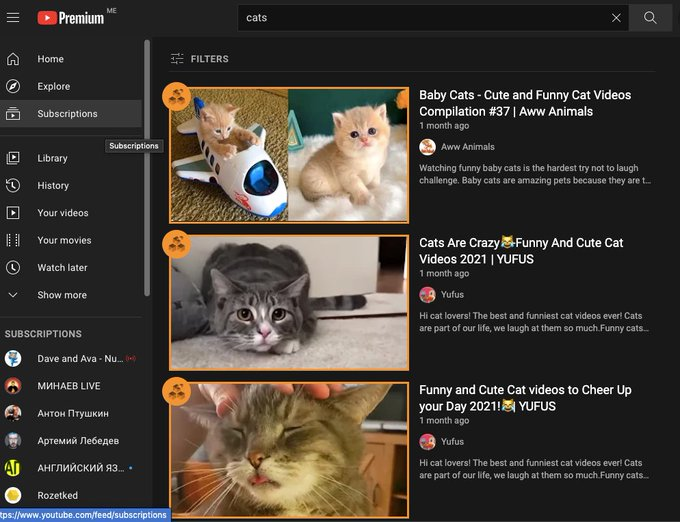Dapplets is an Augmented Web Infrastructure built specifically for decentralised Apps, aka dapplets. Through augmentation, it will be possible to curate information from different sources to embed over popular platforms without any censorship.
Web content and the progression of social media over the last decade has grown rapidly and changed the way ordinary people digest information. When the internet gave rise to this new way of receiving content it was becoming ever more apparent that through censorship the platforms themselves were in control of what was seen, heard or created. A monopoly of content ownership that directly held user attention and influenced user opinion.
All the data, news and events were at the mercy of just a few, as we saw time and time again, particularly in 2020, where users were denied information of interest or removed from the platform for sharing their personal point of view.
This kind of censorship was denying users basic human rights. Thanks to Dapplets, an open-source and self-governed Public Goods entity, there is a way to break this info-monopoly and reshape how user content is receivedwith the help of Web3 technology.
So what is Dapplets and how does it work?
Put simply, a user can alter how they view websites by utilising any dapplet tool via their browser. You see, it is the browser (UX Layer) that the user controls whilst the website’s server is under the web owner’s control. A dapplet acts like a decentralised widget that can embed any supplemented or aggregated information to the user that may otherwise be censored by the web owner’s server. Thanks to these dapplets being held in decentralised repositories, no one can remove or disable them. It is the user that defines the information embedded on top the websites they visit based on their dapplet of choice.
The aim for the dapplet is to simply enhance the information that would otherwise not be available without hindering the user experience when interacting with the native UI of any website. For a deeper look into the types of augmentation that Dapplets aims to provide, see here.
An example of how this would look can be seen in the image below:

Two Dapplets in Use Today!
Two working dapplets that have been developed recently focus on working with information and video files. These dapplets are the SwarmDownloaderand the SwarmSearch.
The SwarmDownloader dapplet allows any user to quickly upload any YouTube video to Swarm’s decentralised storage. The dapplet adds an “Upload to Swarm“ button to the YouTube interface which sends the video to the Swarm cloud, making this video permanently available to anyone.

The SwarmSearch dapplet embeds links to videos shown in YouTube or Google search results that have been held on Swarm’s decentralised storage. This is a good example of where the UX is enhanced with independent information tied together by the browser (UX layer in the user’s control).

The Technology Behind Dapplets
With the integration of crypto technology, Dapplets’ key to success is to remain unstoppable by any third party. At the moment they use Near Protocol and Ethereum networks for their dapplet registries whilst holding their code and media in decentralised storage such as Swarm, IPFS and Arweave. This alone mitigates any one player to censor or remove any information or content from those seeking to find it which then allows the Dapplets ecosystem to compete with the big media giants of today.
With Dapplet augmentations being decentralised, unstoppable and permissionless, their ecosystem’s community is also token-incentivised to facilitate participation in their development for useful dapplets.
Roles in the Dapplet Community
The open-source infrastructure not only caters for developers to build dapplets upon; in fact, the dapplet ecosystem expands beyond this by incentivising self-organising behaviour in other roles that decide to participate in improving the augmentation services. The ecosystem role players are Developers, Owners, Auditors and Listers.
Similar to how apps are created and monetised, Developers write and publish dapplets to be monetised. Owners, on the other hand, may have a dapplet concept that will need its name and directory space to be reserved until development begins. The Auditors in the ecosystem are rewarded for reviewing dapplet code, with end-user security in mind, for which they can be compensated by developers and/or users. Listers are incentivised to curate the published dapplets found in the decentralised repositories based on usefulness to certain user needs. By listing certain dapplets, developers may reward the Lister for doing so.
Dapplets’ internal token is then used within the ecosystem and other cryptocurrencies can also be used to make mutual financial settlements within the system based on role participation.
Conclusion
Being an open-source, decentralised augmented web platform, Dapplets is providing users the freedom in selecting and interpreting their sources of information but in addition to this, the Dapplets team is aiming to provide existing and emerging businesses with new sales channels through large, untapped social networks. This is one of the most elegant ways to put user attention back in the control of the user and with the help of Web3 technology the value of the ecosystem and its tools could change the way web content is created, shared and received for the better — content that is unbiased and accessible.
Disclaimer: The Deep Dive blog posts are an informative overview of some of the initiatives who build on Swarm and take ownership of the protocol. Projects subject to Deep Dives are independent and autonomous from the Swarm Foundation and Association. Sometimes they are their grantees, but their work is neither audited or endorsed by the aforementioned organisations. Use at your own risk, due your own due diligence.
Discussions about Swarm can be found on Reddit.
All tech support and other channels have moved to Discord!
Please feel free to reach out via info@ethswarm.org
Join the newsletter! .




